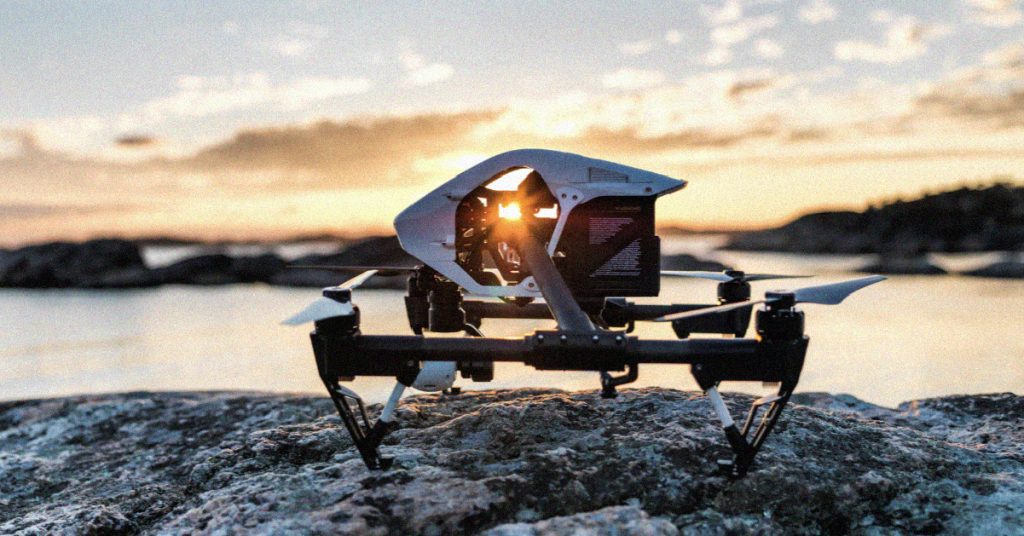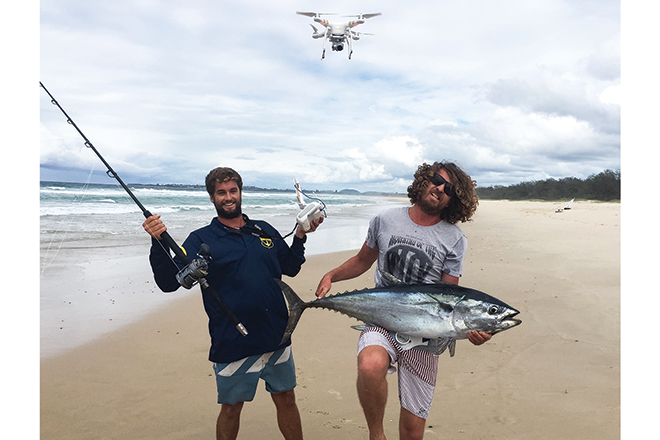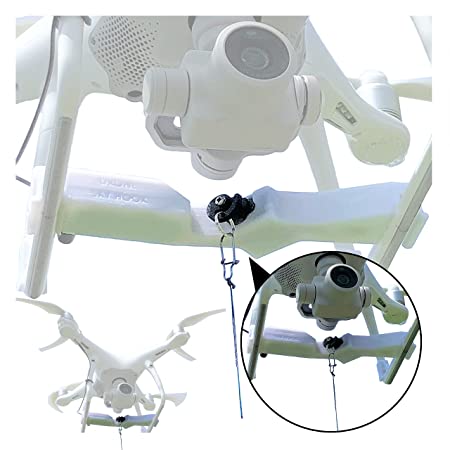
If you're considering using a drone for fishing, you'll likely want to learn more about the regulations. You can also watch some instructional videos on how to fly a drone to catch fish. Read our article about drone ethics if you have any questions. We'll be discussing some of the ethical issues surrounding drone fishing. Also, don't miss our drone fishing gear guide.
Regulations for drone fishing
The regulations for drone fishing for tuna can be confusing when you're watching YouTube videos. There are several reasons to follow local laws, but in the end, the main concern is safety. You need to follow the right laws in order to protect the lives of both you and the fish. We'll be discussing the most important regulations in this article and how to ensure that you are following them. Also, don't forget about the International Game Fish Association Rules.
Drones cannot operate over public places such as sporting events and stadiums. They cannot be within 50 feet of any sporting event or carry weapons. Operators of drones must maintain a clear view of their aerial equipment at all time. Drones must not fly over stadiums or other critical infrastructure. They also cannot distract emergency vehicles. If you aren't sure what the rules are regarding drone fishing, contact your local law enforcement agency or consult an attorney.

While drone law has been adopted in many states, not all states have. Recently, SB 2167 was passed in Illinois. The bill prohibits the operation of drones within state parks without prior permission. It also establishes privacy rights, and specifies the rules for recreational and commercial drone operators. Finally, it prohibits drones from interfering with hunters and other wildlife. These new laws are expected to be finalized in a few years.
Drone fishing raises ethical concerns
Drone fishing isn't without controversy. Some companies sell underwater drones with the ability to catch fish. Many drones have video content that shows the fishing process. It is very similar to casting a line at a fish. However, the process for removing fish from the water can be quite different. If you are ethically concerned about this fishing method, you might consider looking elsewhere for entertainment.
While drones have obvious benefits for fishing, some feel they cheat the fisherman. The sport of fishing has not changed significantly over the millennia. However, using drones to catch fish could change that and reduce the thrill of it. Drones could also be harmful to conservation. Here are some of the ethical concerns that you should consider before you decide to use a drone for fishing.

Drone fishing is not the best choice. It can damage the environment, and overfish endangered species. Some states allow drones to be used for recreational fishing. Others do not. Drone fishing has its limitations. They must be very expensive. Low-end drones may not be equipped with the necessary GPS functionality, lifting capability, or control range. A second problem is that drone fishing can cause fish to be lost if the line becomes tangled. There are also issues with piloting.
FAQ
What law applies to drones that fly over private property?
The FAA has recently issued new rules for commercial drone flights. These rules do not apply to UAVs under 55 pounds or flying at less than 400 feet above sea level. Commercial operators must register with FAA to receive a license. When operating in restricted areas or near airports, they will need to obtain permission from the local authorities.
Is it possible to fly a drone at high altitudes without a license?
The FAA has no limits on the maximum height a drone can fly. The FAA does require you to register unmanned aircraft systems (UAS), which include the registration number of your model, weight and size, serial numbers, manufacturer's names, date manufactured and other information.
How do I keep drones away from my house?
Drones are becoming increasingly popular for home surveillance, but they also threaten privacy and security. If you want to avoid drone attacks, you should install motion sensors around your property and use them to detect any unauthorized flying objects.
Can I fly my drone indoors?
Yes, you can fly your drone indoors. There are only a few things you need to do: Make sure your home is free of obstacles and hazards. Avoid flying near heating vents, heating vents and air conditioning units.
What is the difference between a quadcopter and a hexacopter?
A quadcopter can be described as a quadrotor helicopter with four rotors. It flies the same way as a traditional helicopter. It is equipped with four rotors, each of which can rotate independently. The quadcopter's quadcopter counterpart, the hexacopter, has six instead of four. Hexacopters are stabler and more maneuverable than quadcopters.
Which drone is best for beginners?
The DJI Phantom 2 Vision+ is one of the popular beginner drones available today. The DJI Phantom 2 Vision+ comes with a 4K camera that allows you to capture high-quality aerial shots and videos. This drone is easy to navigate thanks to its GPS system.
What is it like to travel by drone?
Drones are becoming more popular, both for personal and business purposes. They are used to film, fly, map, rescue and search and rescue. Recent regulations regarding drones have been approved by FAA. They include new requirements for registration and licensing, pilot training, insurance, and other requirements. These changes will ensure that drones continue to be safe for all.
Statistics
- With the top 10% making over $100/h and the bottom 10% making as low as $10/h. (dronesgator.com)
- According to Indeed, a drone pilot gets paid $25.73 per hour on average in the US. (dronesgator.com)
- Research and Markets predict a growth rate of 51.1% over the next five years. (thedroneu.com)
External Links
How To
How To Fly Drones For Beginners
A drone is an unmanned aerial vehicle that can be remotely controlled and used for surveillance, aerial photography, film production, research, and other hobby purposes. The technology behind drones has been around since World War II. DJI's Phantom series of quadcopters was the first to be commercially used. There have been many drones made since then. These range from beginner-friendly drones like Parrot AR Drone 2.0 to more advanced multi-rotor craft like DJI Mavic Pro.
There are several ways to fly a drone, including;
-
Remote control - This method uses a control device attached to your hand, which enables you to steer the drone through its flight path. There are two main types: Joysticks (like a radio), and On/Off switches (like an alarm clock).
-
Manual Control - This method uses a smartphone app to remotely control the drone using GPS coordinates. Follow the instructions of the app to track the exact location you want the drone go.
-
Autonomous Flight - This method involves leaving the piloting duties to the drone itself. It basically flies autonomously without any human intervention. For the autonomous flight to occur, the drone must have a built-in camera and sensors capable of capturing images and data.
-
Triggered Flying - This method works in the same way as manual control. However, the pilot has to manually set up a route for the drone and it follows that route until reaching the endpoint. After the preprogrammed route is complete, the drone will automatically land and return to its base.
-
Landing Gear – Some drones are equipped with landing gear, which allows them to safely land if they lose power during flight.
-
Goggles - Some pilots wear goggles to protect themselves from debris while operating.
-
Camera - You can capture photos and videos with your drone from the air.
-
Obstacles - Some drones can be equipped with obstacle avoidance systems that prevent them from crashing into obstacles.
-
Speed - Drones can reach speeds up to 40 mph.
-
Battery Life - Most drones are capable of lasting between 20 minutes and three hours, depending on the power that you use.
-
Range - Some drones can travel upto 30 miles depending on their models.
-
Power source: Some drones will require an external power source while others can be powered by internal batteries.
-
Weight – Some drones are less than one pound, while other models can be up to four pounds.
-
Size - Drones range from small devices that fit in one's palm to large crafts that weigh more than 50 pounds.
-
Price – All drones fall into a price category. These range from expensive models that cost thousands to affordable options that start at 100 dollars.